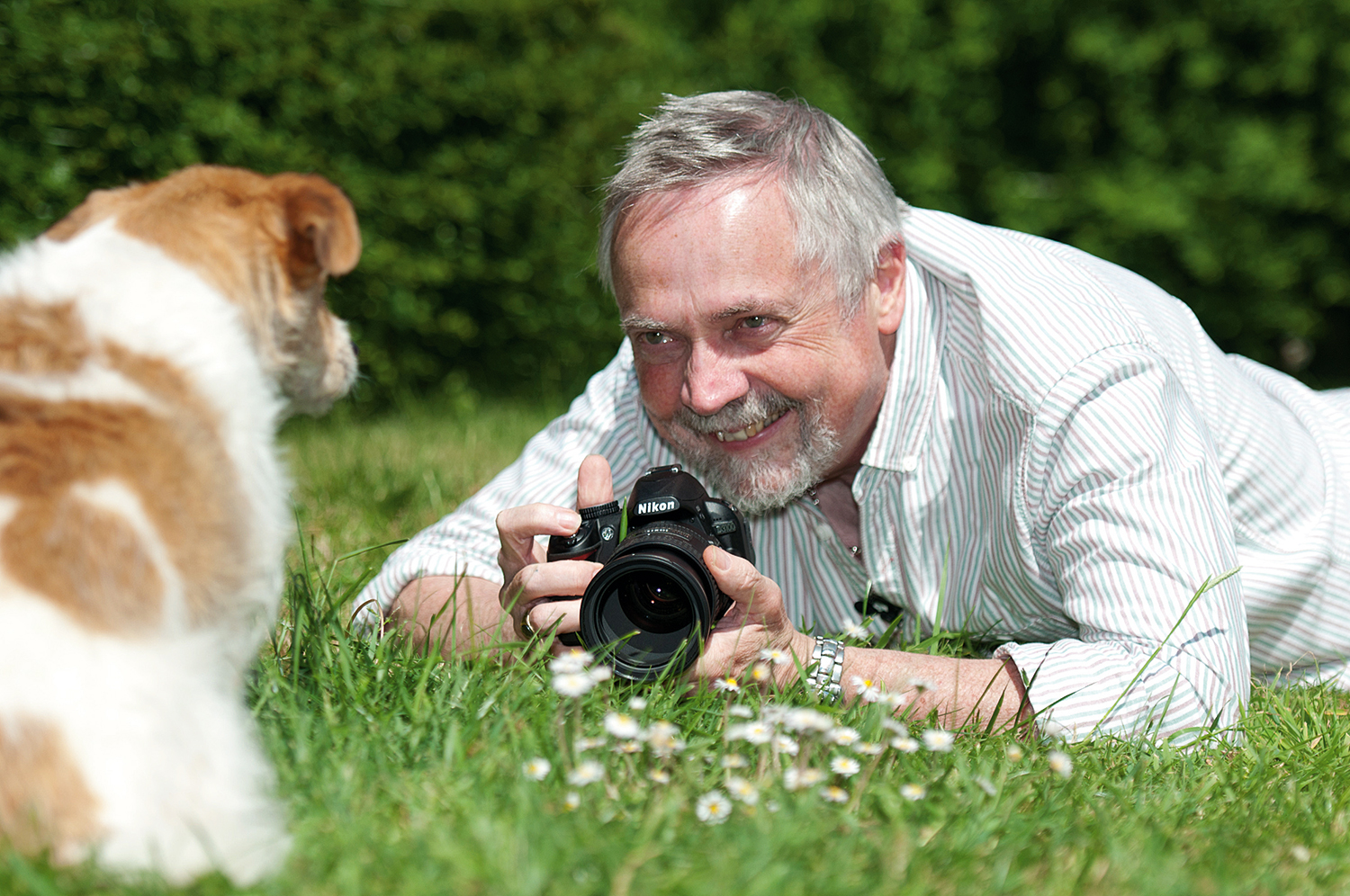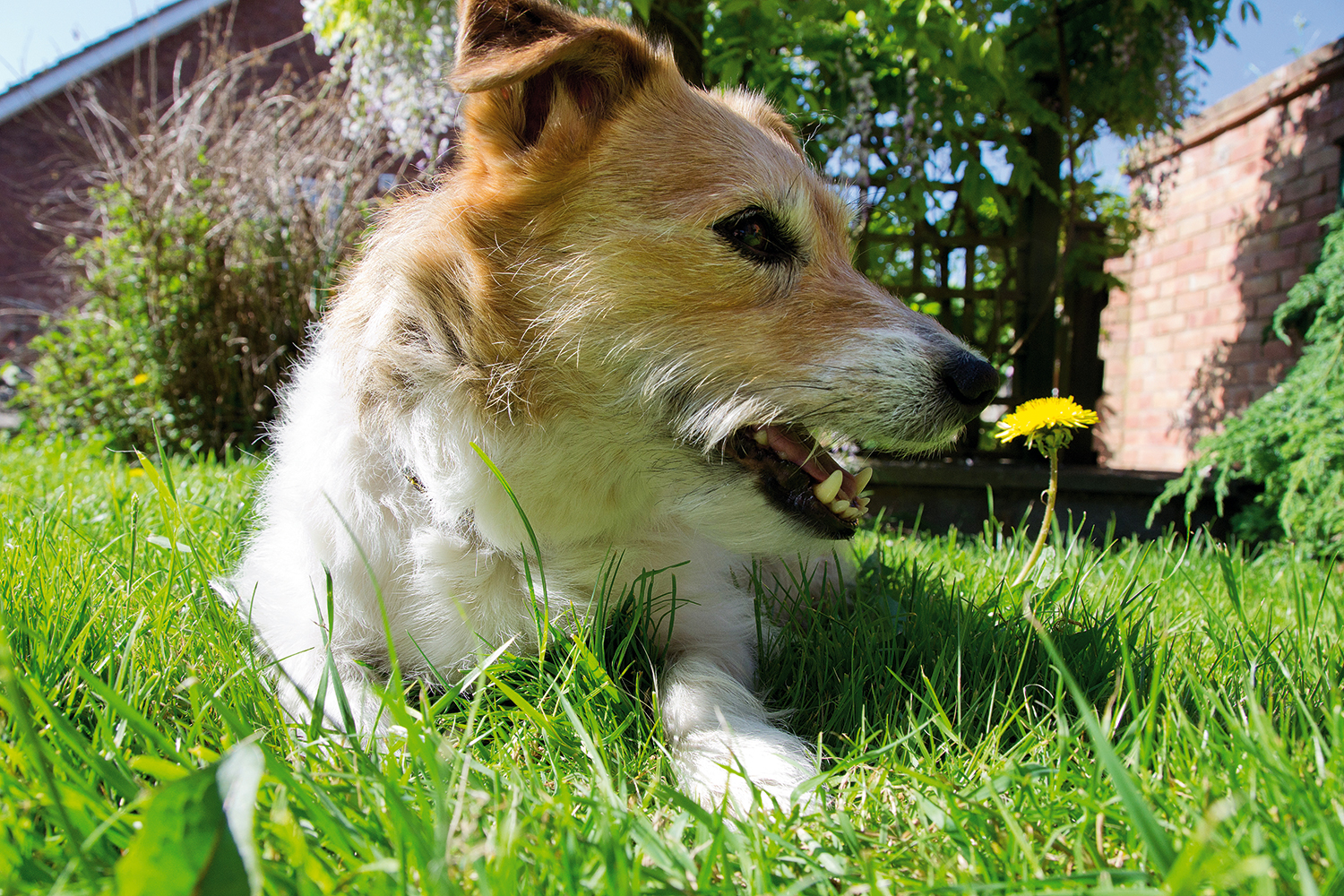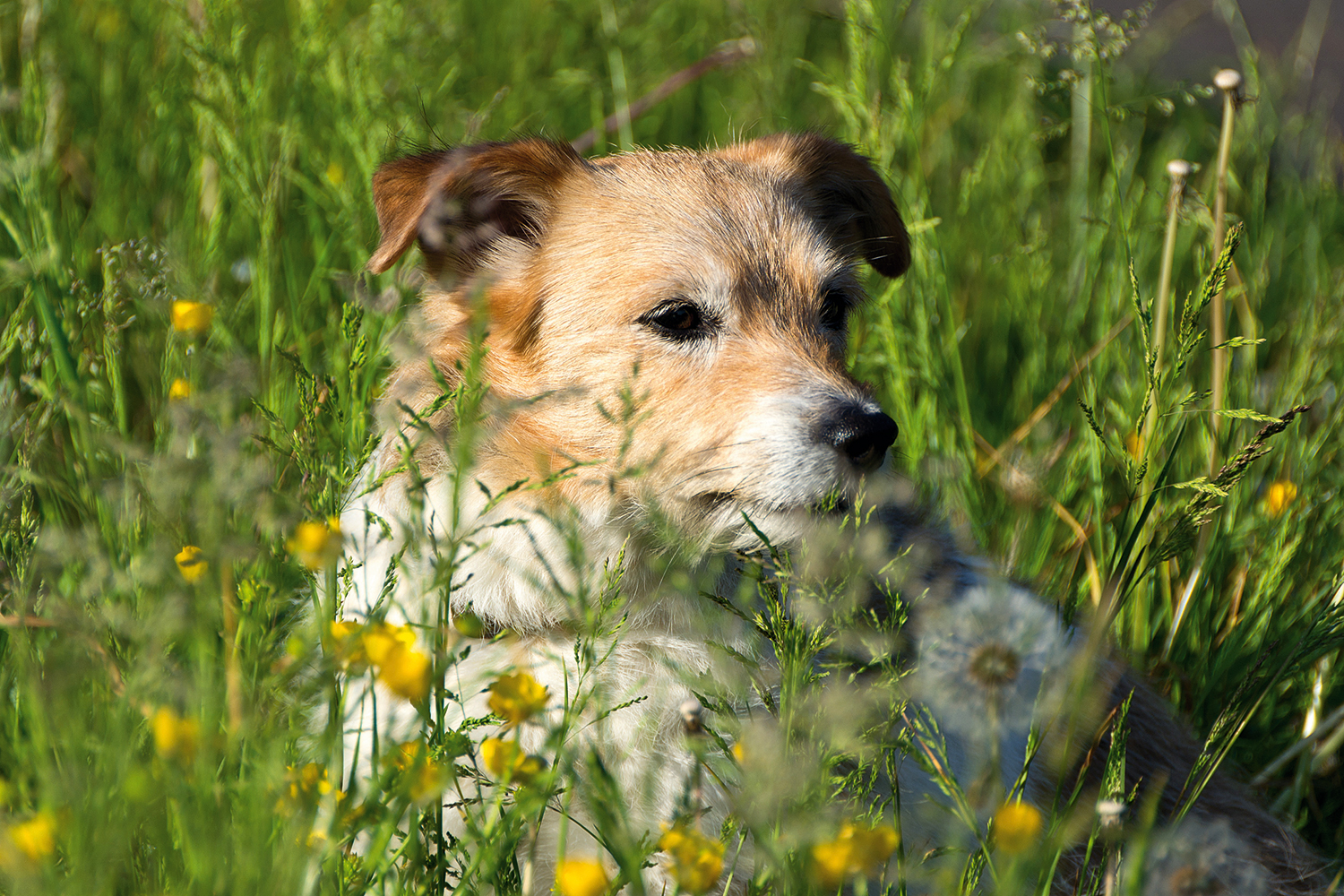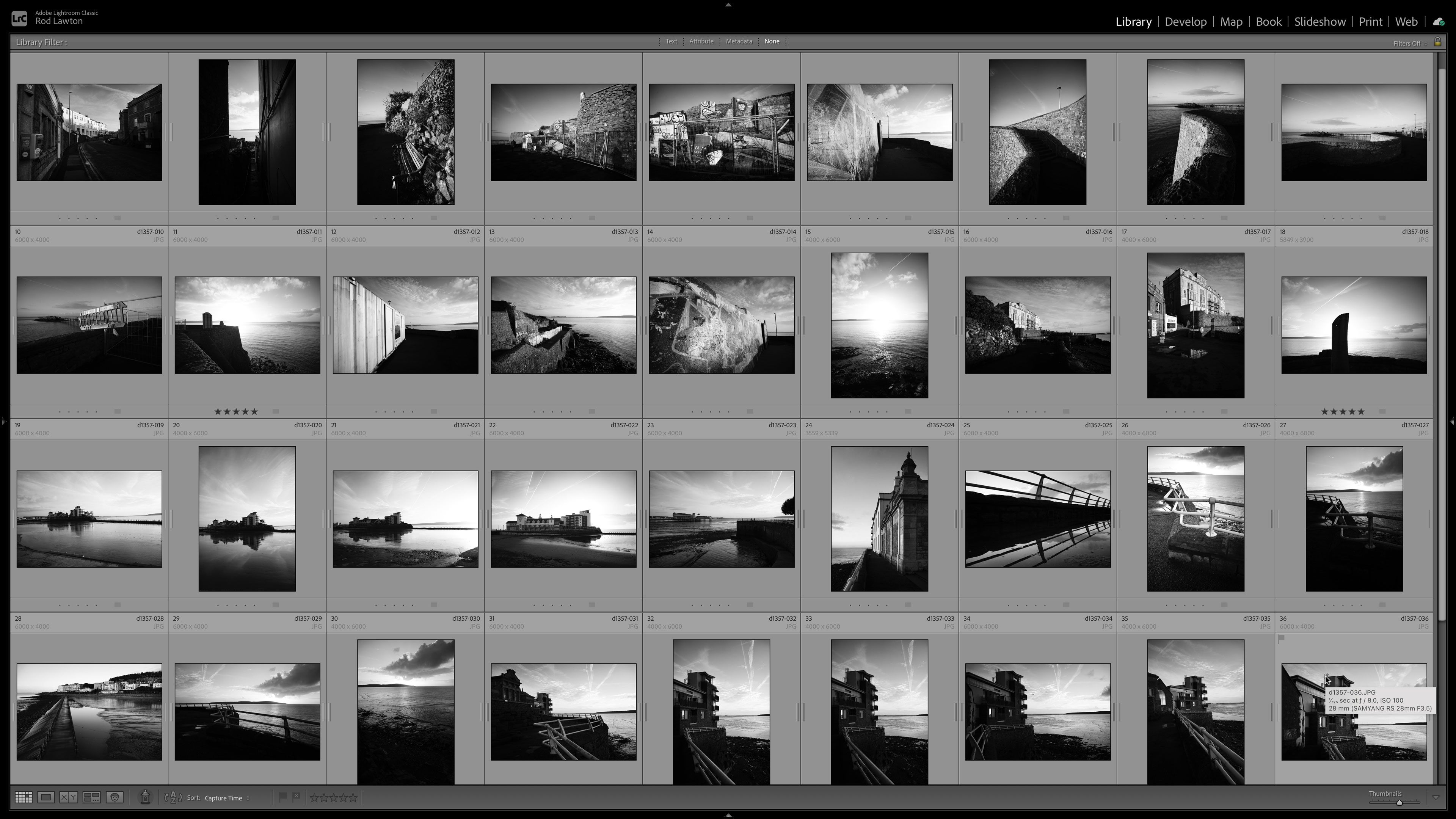Home photography ideas: Get great pictures of your dog!
Stuck at home with your pooch? Canine companions make great shooting subjects!
Watch the video: Home photography ideas – Get great pictures of your dog!
Plenty of people around the world are either self-isolating or staying home at the request of the government. And while you may not be able to take the wildlife shots you may have been dreaming of now that spring weather is creeping into view, there's a good chance that you have your very own furry little beast to photograph.
Your dog will no doubt love the fact that you're around the house so much right now, so why not give your pooch some extra fuss and make it the subject of some great pet photographs! So, how do you go about it?
First off, position. Holding the camera at eye level is such a natural posture that you start to take it for granted. However, if you take a shot of your pet from a normal standing position, the result will be a boring, unimaginative picture where your pet just looks small and insignificant. Instead, you need to get right down to your pet’s level – even if that means lying down with your camera practically on the ground.
This simple step makes a huge difference: now you’re shooting your pet from its own eye level, and seeing the world from the animal’s perspective rather than a human’s. If you have to shoot through long grass or flowers then all the better – if you choose your position carefully, and use a wide lens aperture to defocus the foreground and background, it can create a rather nice framing effect.
• Read more: Best pet cameras
• Get more Home photography ideas
You should experiment with focal length as well. A wide-angle lens used close up can produce a striking ‘dog’s eye view' of the world, while a telephoto lens produces a more pleasing perspective and helps you eliminate unwanted backgrounds and isolate your subject more effectively.
The best camera deals, reviews, product advice, and unmissable photography news, direct to your inbox!
Most of all, look for a good setting. It’s all too easy to concentrate so much on your subject that you overlook the surroundings, but these are a vital part of the picture. Don’t just follow your pet around trying to get your shots – choose where you want to take the picture and then entice your pet to pose in the location you have chosen. It can be useful to have a willing helper for this part!
Finally, all the techniques that work well for human portraits – lighting, focal length, focusing on the eyes, the direction of the gaze – can be applied to pet photography. As far as the principles of photography are concerned, animals are people too!
Depending on your ability and experience – and also how well behaved your furry friend is! – you can use a dedicated portrait lens to achieve great subject separation, shallow depth of field and minimal distortion. However, if you've got a rambunctious pup – or if you simply want more versatility – you would do well to use a standard zoom lens so that you can react and adapt. There's a very good chance that your dog won't stay and pose if you need to get further back!
01 On level terms

You need to get down to your pet’s eye level, even if that means lying on the ground. This produces a much more interesting shot and the side effect is that you engage much more with your pet. It’s something unusual from their point of view, so that you’re sure to get their attention.
02 Eye-level portraits

It’s amazing that something so simple should make so much difference. Now that your pet is shown at its proper size in its surroundings and you see it at eye level, rather than from above. Using your kit zoom at its widest focal length can produce an interesting perspective too.
03. A longer view

Shallow depth of field effects, where the foreground and background are blurred, can work well, especially if you have a telephoto lens or a superzoom. First, set the camera to Aperture Priority mode, then set the lens to its maximum zoom and widest lens aperture.
• Best budget telephoto lenses
04 Location, location

Take the time to scout around for a good setting. The long grass in this example is ideal because there’s no background clutter and the wide lens aperture throws both the background and foreground out of focus. These simple tips can yield a timeless portrait of your pet.
Read more:
215 photography tips, video tutorials and techniques to take photos of anything
Stuck at home: 11 fantastic photo projects to try indoors during the COVID-19 crisis
Can't get to the shops? Download 5 digital issues of a photo magazine for $5 / £5

Rod is an independent photography journalist and editor, and a long-standing Digital Camera World contributor, having previously worked as DCW's Group Reviews editor. Before that he has been technique editor on N-Photo, Head of Testing for the photography division and Camera Channel editor on TechRadar, as well as contributing to many other publications. He has been writing about photography technique, photo editing and digital cameras since they first appeared, and before that began his career writing about film photography. He has used and reviewed practically every interchangeable lens camera launched in the past 20 years, from entry-level DSLRs to medium format cameras, together with lenses, tripods, gimbals, light meters, camera bags and more. Rod has his own camera gear blog at fotovolo.com but also writes about photo-editing applications and techniques at lifeafterphotoshop.com
